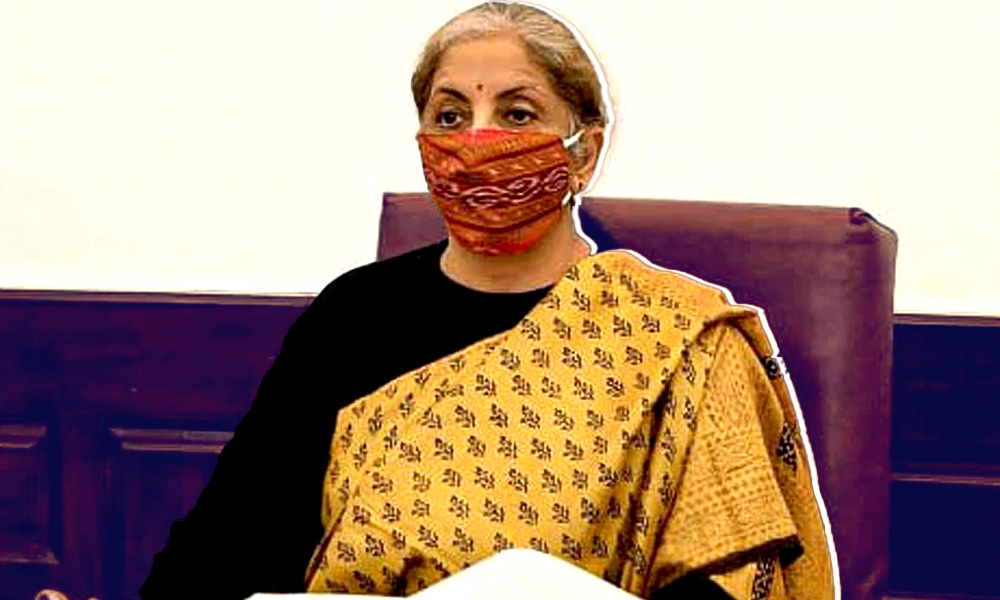
Image Credit: NDTV
India Moving Towards 'V-Shaped' Recovery, 11% Growth Expected: Economic Survey 2020-21
Writer: Deep Prakash
A film and theatre enthusiast. Love to read history and political books. Acting and cinematography is what he loves. Love to report on current trending issues and political happenings.
Delhi, 30 Jan 2021 10:09 AM GMT
Editor : Navya Singh |
Navya writes and speaks about matters that often do not come out or doesn’t see daylight. Defense and economy of the country is of special interest to her and a lot of her content revolves around that.
Creatives : Rajath
A free spirit who find meaning in life with the virtue of creativity and doing job par its excellence, animal lover and traveller by heart.
Faced with unprecedented uncertainty at the onset of the pandemic, India focused on saving lives and livelihoods by its willingness to take short-term pain for long-term gain, the Survey pointed out
The Economic Survey 2020-21, tabled by Finance Minister Nirmala Sitharaman in Lok Sabha on January 29, has predicted that the Indian economy will grow by 11% in 2021-22.
The forecast of the Indian economy to grow by 11% in real terms (adjusted for inflation) is remarkably close to the growth of 11.5% forecast by the International Monetary Fund (IMF).
According to Economic Survey, the V-shaped recovery has been made possible by the strategy of COVID management that focused on the protection of life at the expense of a short-term impact on livelihoods, reported Times of India.
Chief Economic Advisor Krishnamurthy V Subramanian, who authored the survey, said, "It is expected that the government may have to continue with an expansionary fiscal stance to sustain the recovery in aggregate demand. The calibrated approach adopted by India allows space for maintaining a fiscal impulse the coming year. The growth recovery would facilitate buoyant revenue collections in the medium term, and thereby enable a sustainable fiscal path."
However, during the current fiscal year, the economy is expected to contract by 7.7 per cent of the GDP, followed by an increase to 11 per cent in 2021-22.
The data in the survey argues that the primary focus of India's state of development must be on promoting economic growth rather than reducing inequality.
Making a strong case for taking debt to make up for the loss in revenue, the survey pointed out that India had a track record of expansionary fiscal policy focussed on infrastructure spending. "We need to replicate the same," it suggested.
The Economic Survey noted, "The redistributive policies that lift people out of poverty will be enabled even if the growth is fuelled by borrowings. There is no fear of a debt trap because even if India were to have a low GDP rate of 3.8% each year from 2023 to 2029, the debt will still come down."
It has been also predicted in the survey that the gap between urban and rural, and among different income groups can be addressed through welfare schemes such as Jal Jeevan Mission, Swachh Bharat Mission and PM Awas Yojna.
"The government's welfare schemes can help India in achieving sustainable goals of reducing poverty, improving access to drinking water, sanitation and housing by 2030," the Economic Survey noted.
Also Read: One Year Of India's Fight Against COVID-19: 1.7 Crore Cases, Death Toll Drops To Fourth In World
 All section
All section














